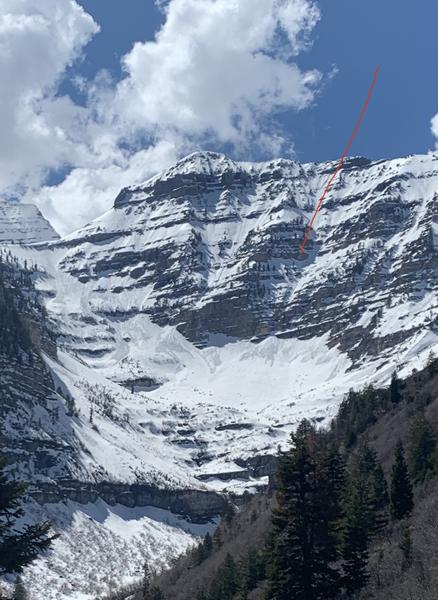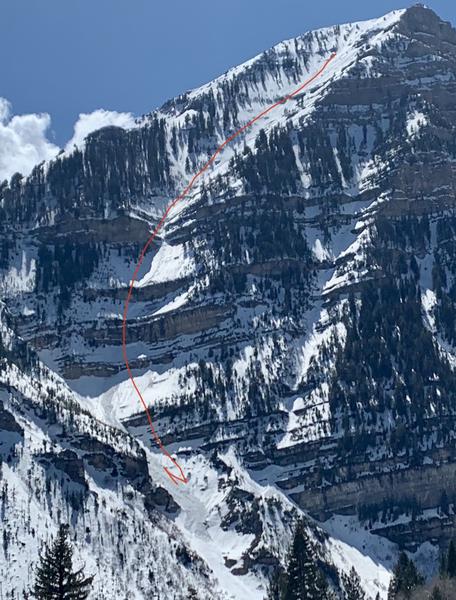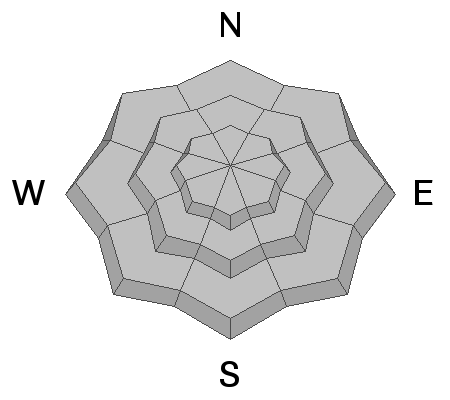Forecast for the Provo Area Mountains

Issued by Drew Hardesty on
Saturday morning, April 11, 2020
Saturday morning, April 11, 2020
The avalanche danger is LOW, but could possibly rise to MODERATE due to warming of the snowpack.
Wind and cloud cover may slow the softening of the snow surfaces on some slopes, but not others. Watch how the snow is behaving: if you find sloppy or punchy wet snow, move to low angle terrain or head home.

Low
Moderate
Considerable
High
Extreme
Learn how to read the forecast here









